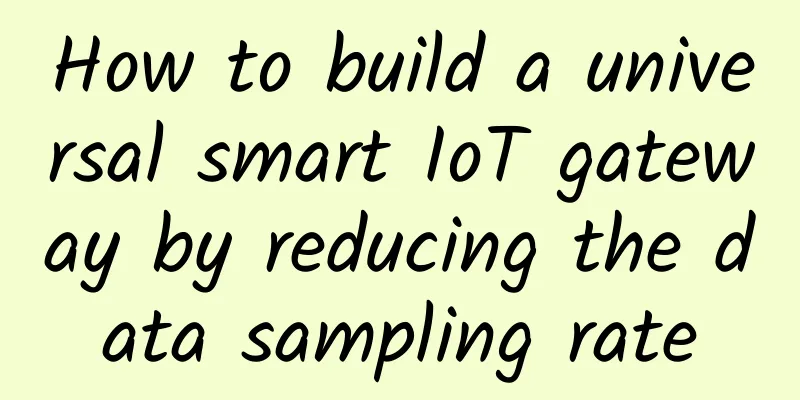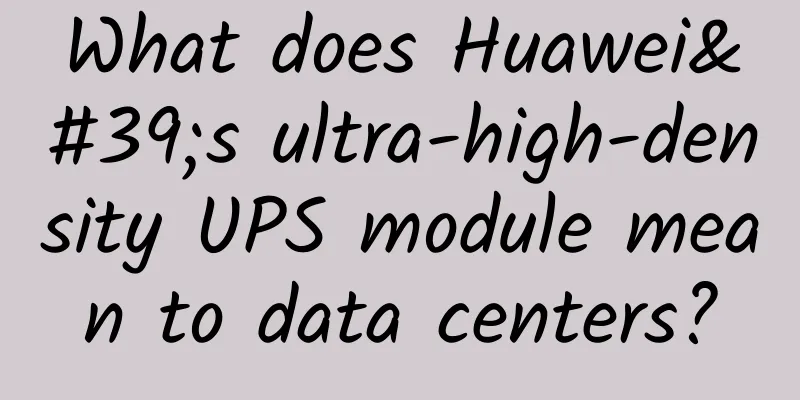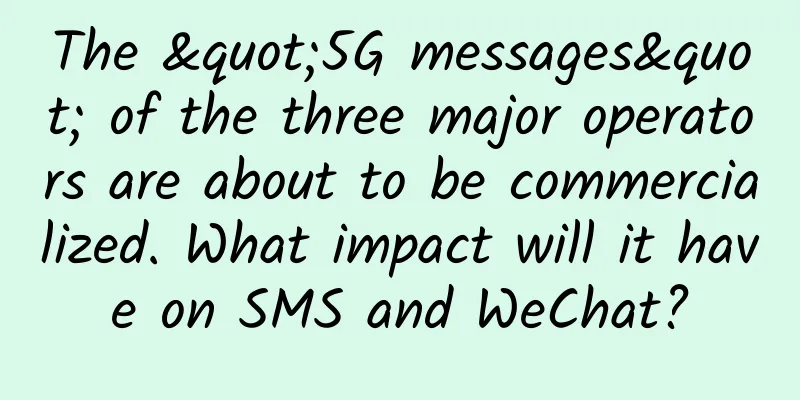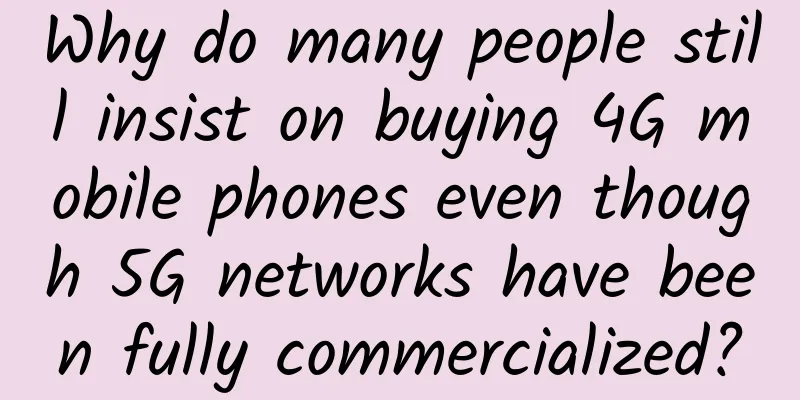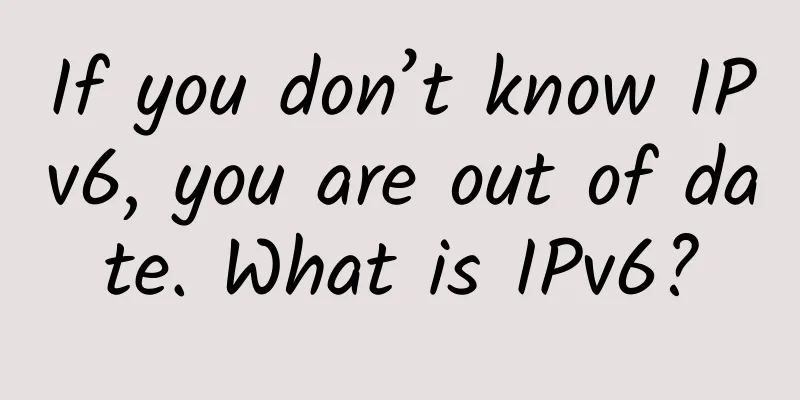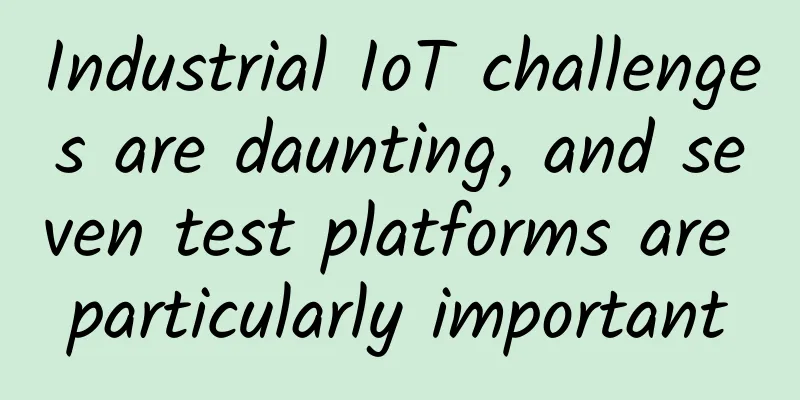A Simple Explanation of Decentralized Applications
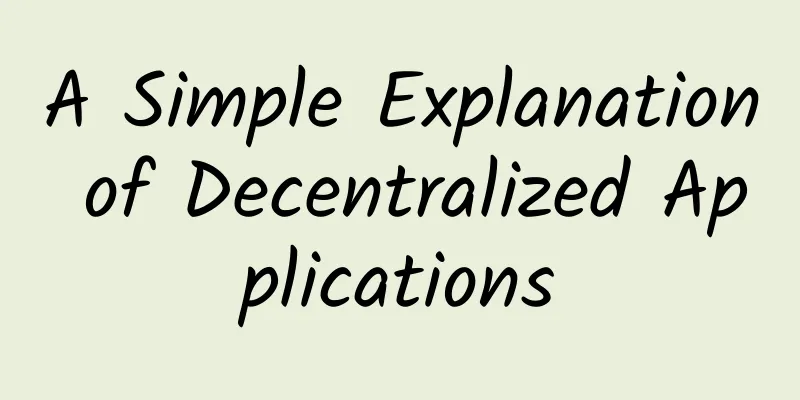
|
In this article, we will explain what a decentralized application (DApp) is and how it works. What is a DApp?Decentralized applications (short for DApp) consist of smart contracts visualized on the front end and executed on a peer-to-peer network. The front end can be a website, consisting of HTML, CSS, and JS code; the back end consists of smart contracts written in solidity. Our DApp can run on the Ethereum blockchain because it is a peer-to-peer network, and because decentralized applications use blockchain technology, they are not controlled by a central authority, which means that our DApp does not require a central server. DApp StandardsBlockchain as a guideline About how DApp works. In our example, we will use the car manufacturer Volkswagen, who is negotiating a new contract with a tire manufacturer, establishing contracts such as a global agreement (GVA), a data protection agreement (DPA) or a service level agreement (SLA). Since there are many policies and contracts, there will be some disagreements and problems during the contract negotiation, so the negotiation may take several months and lead to high costs. Now, let’s compare the crowd example to DApp. Common problems in our contract negotiations include:
But we can easily solve these problems using DApp, and Ethereum provides the foundation for this. You can compare it to multiple parties processing a document at the same time, and the file is not on a central server, but on a decentralized server. As a result, everyone has a copy of the contract, which prevents unauthorized persons from changing the file without causing data loss. Using Dapp, we can achieve the following goals:
Now, we can use DApps to provide more control and security to everyone. Open source as a principle Open source software, which has freely accessible source code. This means that everyone can influence the software. Therefore, anyone can review the software and reprogram it. DApp also has open source code, which works independently of the central instance, and there is no administrator to influence future development. Therefore, DApp must adapt to changes or market reactions. Tokens as standard A token is a digital unit that represents a copy of a record in the blockchain. In this context, the word token can have several meanings and therefore can fulfill several functions, depending on how we want to use the token. Encryption as a guideline DApps also need to be protected, and miners want to be rewarded for their work. Using the Proof of Work algorithm, we can create tokens to reward miners. Three types of decentralized applications: Type 1. DApps that reside on their own blockchain. Type 2. DApps using Type 1 blockchain. Type 3. When we use Type 2 protocol (source code). These three types are logically interdependent. For example, let's use Ethereum. It meets all four conditions of a DApp. Therefore, it is open source and has its own blockchain. It uses tokens and can also generate them. Ethereum offers the possibility of using smart contracts. We use them to set certain conditions. With their help, DApps can be created. For example, Azure, Golem or Fun Fair, they are all classified as type 2. Type 3, for example, is an application that uses the Azure infrastructure. After learning about the different standards and types, we still need to understand how decentralized applications work. How DApps WorkWe can provide our own DApp through smart contracts, which is a tool based on Ethereum, and smart contracts allow us to connect to the blockchain. Let's explain it with a simple example, websites usually use programming languages like HTML, Java or CSS to display pages, we also need data from a database to use an API. For example, when you visit Facebook, the website will call the API, and then it will display the information you need. A DApp works similarly to a website, with the main difference being that there is no API connected to a database. Instead, you have a smart contract connected to the blockchain. Advantages of DAPPOnce a Dapp is developed, it cannot be deleted at will because it runs on the blockchain and can be run on every computer, which also means that others cannot shut down your Dapp; since the Dapp is not on a central server, it also has no downtime; Dapp can also be self-sustaining through tokens, and the consensus mechanism ensures that everything runs smoothly. |
<<: Inventory: Excellent NaaS providers in 2021
Recommend
Can you distinguish between distribution, high concurrency and multithreading?
When these three words are mentioned, do many peo...
The inheritance of mobile communications from the 1G era
This article is reprinted from the WeChat public ...
External tools connect to SaaS mode cloud data warehouse MaxCompute practice
This sharing will be explained from four aspects....
Ruijie Networks: Linking Network + Security to Prevent Campuses from Becoming "Mines"
Campus networks have a large number of users and ...
From comfort zone to challenge zone, operators enter a period of deep adjustment
Data released by the Ministry of Industry and Inf...
The pitfalls of low-power wide area networks! Take a look at the stories of Sigfox and LoRa manufacturers
In the past decade of development of the communic...
In the 5G era, limited spectrum is used in a variety of ways
A spectrum comparable to gold Wireless spectrum i...
5G+IoT, why will it usher in a completely different era of “operator of everything”?
In the previous article "Entering the Billio...
RackNerd: AMD Ryzen packages are available, starting at $18.88 per year for 1GB memory packages, San Jose/New York data centers
RackNerd has launched various AMD Ryzen series da...
How fast is 5G? Is the radiation strong? Does it have any effect on the human body? Here comes the authoritative interpretation!
What are the improvements of 5G network compared ...
4G speed reduction to make way for 5G? The three major operators collectively denied it. Why do users' perceptions differ from official statements?
Every change of dynasty in history is a readjustm...
How to get out of the maze of mixed network management
When people are walking on a broad road, the road...
The Winter Olympics is about to open, and the on-site communication network technology is deeply revealed!
In 11 days, the world-renowned Beijing Winter Oly...
5G development has reached a critical turning point
"5G currently covers all county towns and ur...
Illustrated explanation of the past and present of four IO models
Recently, I have come to believe that when explai...

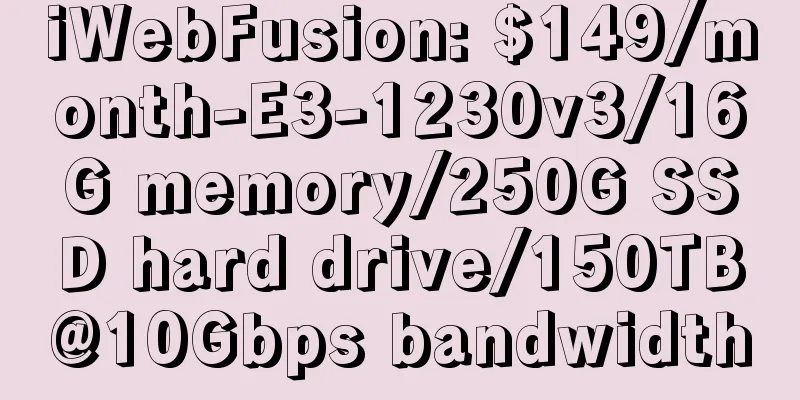
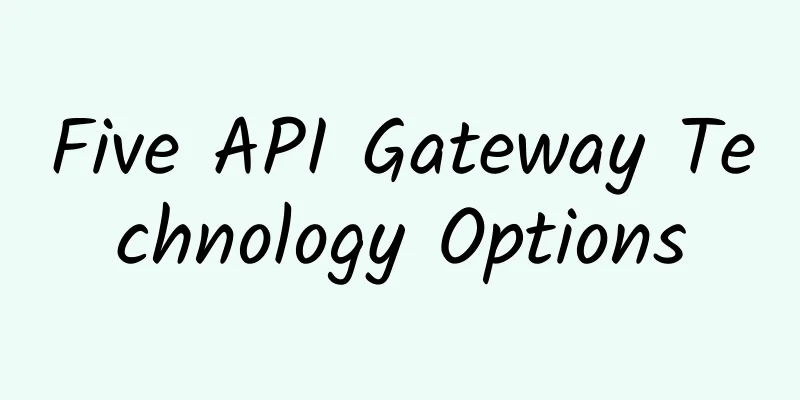
![[Black Friday] DMIT: $139/year-Dual-core/2GB/40G SSD/1TB@300Mbps/Los Angeles CN2 GIA](/upload/images/67cabcd0eefb6.webp)
